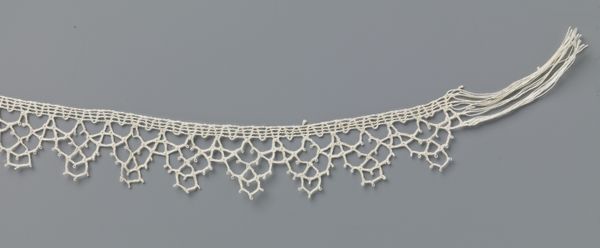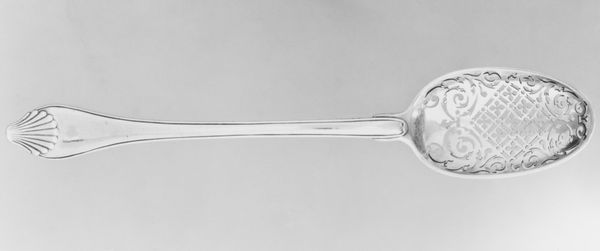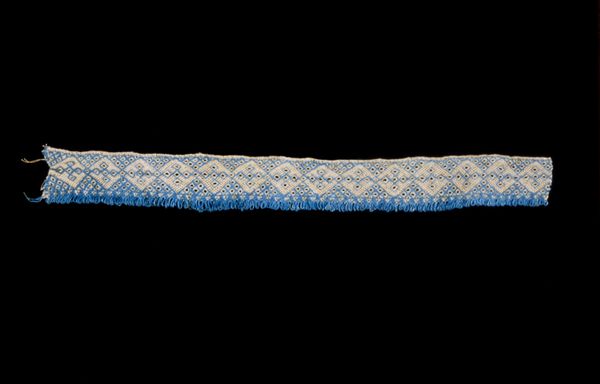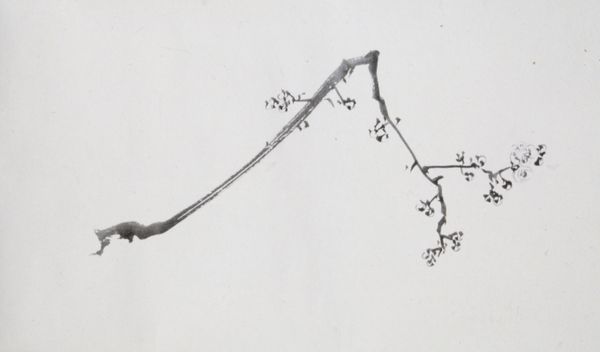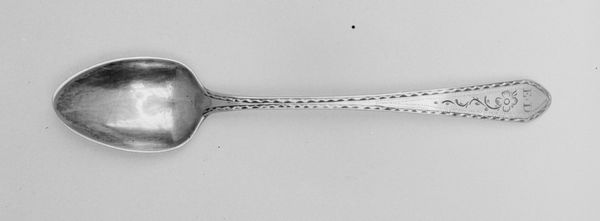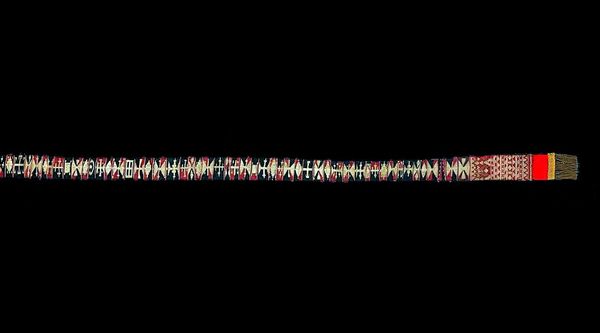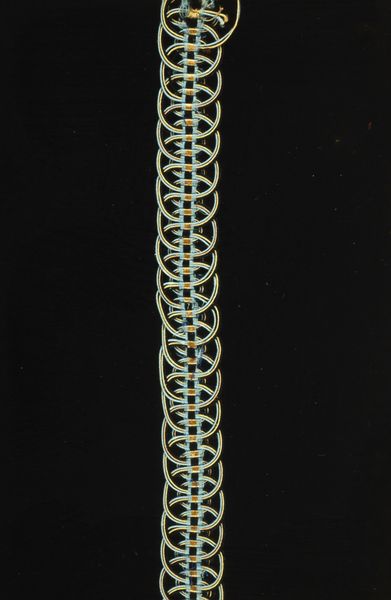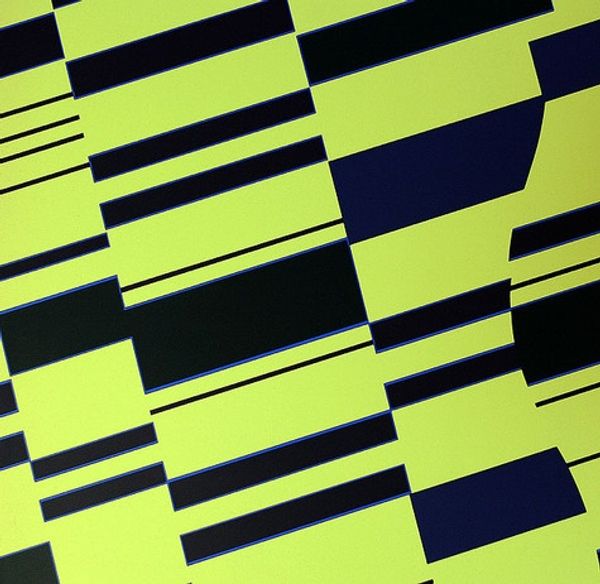
silver, metal
#
art-deco
#
silver
#
metal
#
geometric
Dimensions: length 18.5 cm, width 1.5 cm, depth 0.6 cm, weight 18.1 gr
Copyright: Rijks Museum: Open Domain
Editor: We're looking at a silver chain bracelet, a "Schakelarmband van zilverdraad met hamerslag" by Firma J.M. de Visscher, dating from between 1933 and 1953. The links are these beautiful, simplified geometric forms. It feels both handmade and… mass-produced, somehow. What catches your eye? Curator: Immediately, I think about the silver itself. It's not just precious metal; it's raw material transformed through labor. Notice the 'hamerslag', the hammered texture. Each tiny dent speaks to a craftsman shaping the metal, negotiating its properties. Editor: So, it’s the evidence of the making process that’s important? Curator: Precisely! Think about the Art Deco style identified in its metadata. This wasn’t simply decoration; it reflected a shift toward industrial design and new manufacturing methods. Silver, being relatively accessible, bridged the gap between mass-produced goods and handmade artistry. It raises interesting questions: Was this artisan-made, or made using machinery? Is it hand-finished? The bracelet's value lies in understanding those tensions. How do you interpret those repeating, identical elements? Editor: I hadn’t thought of it that way. It almost makes the piece feel like a commentary on consumerism in the interwar period… trying to look luxurious without fully embracing a purely handcrafted ethos. Curator: Exactly! This era was fascinated by clean lines and geometry precisely *because* it spoke to an industrialized world, yet craved individuality. It is a window into the shifting roles of labor and artistry. The tension between "art" and "craft" isn't a simple divide; this bracelet embodies that complex dance. Editor: That’s given me a new way to think about jewellery, beyond just adornment. It’s like a tiny sculpture with social implications! Curator: Absolutely! Every object carries echoes of the people and processes that shaped it. Now, you begin to understand that “things” tell tales.
Comments
No comments
Be the first to comment and join the conversation on the ultimate creative platform.

